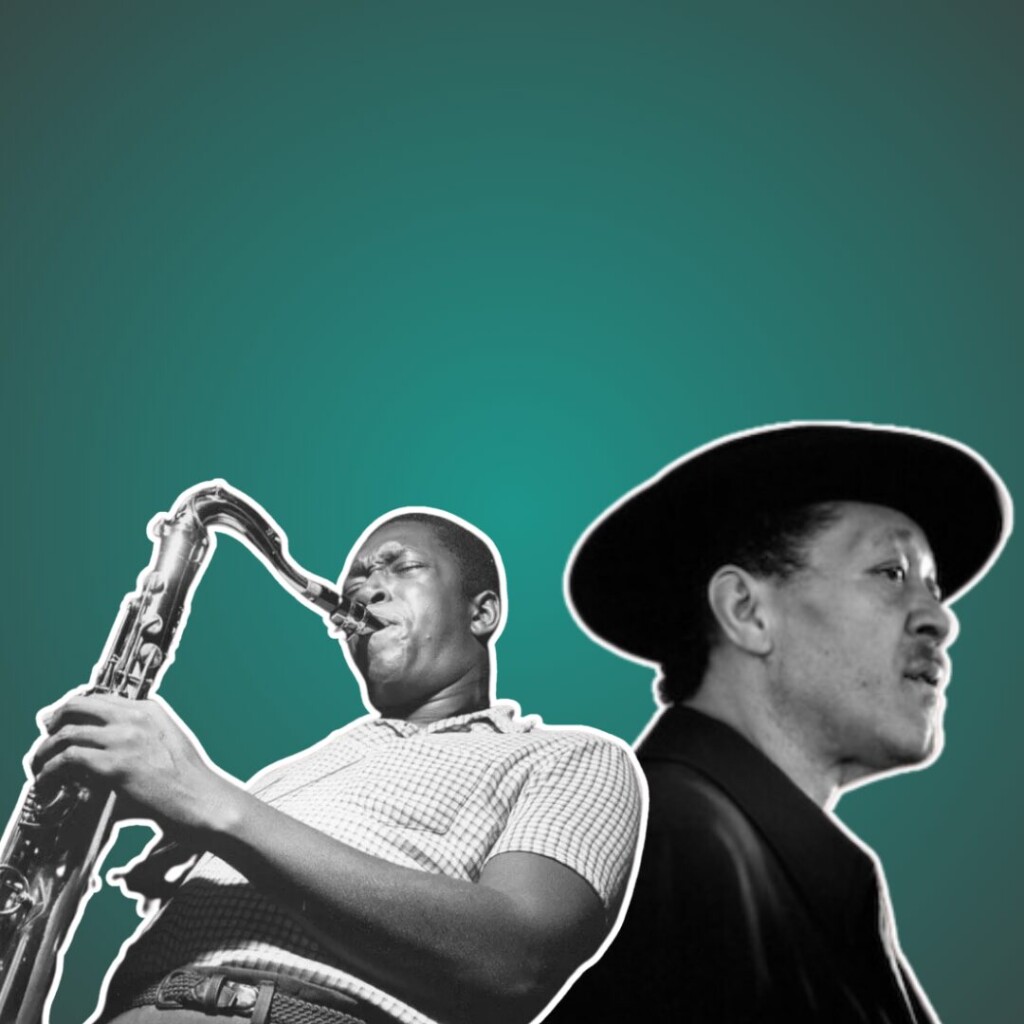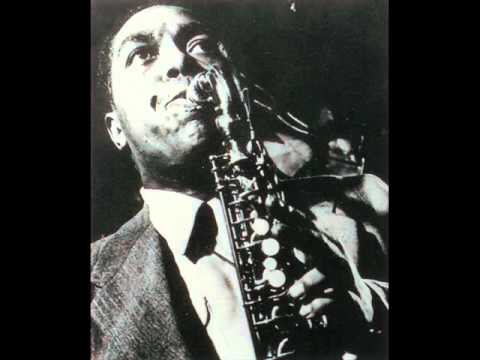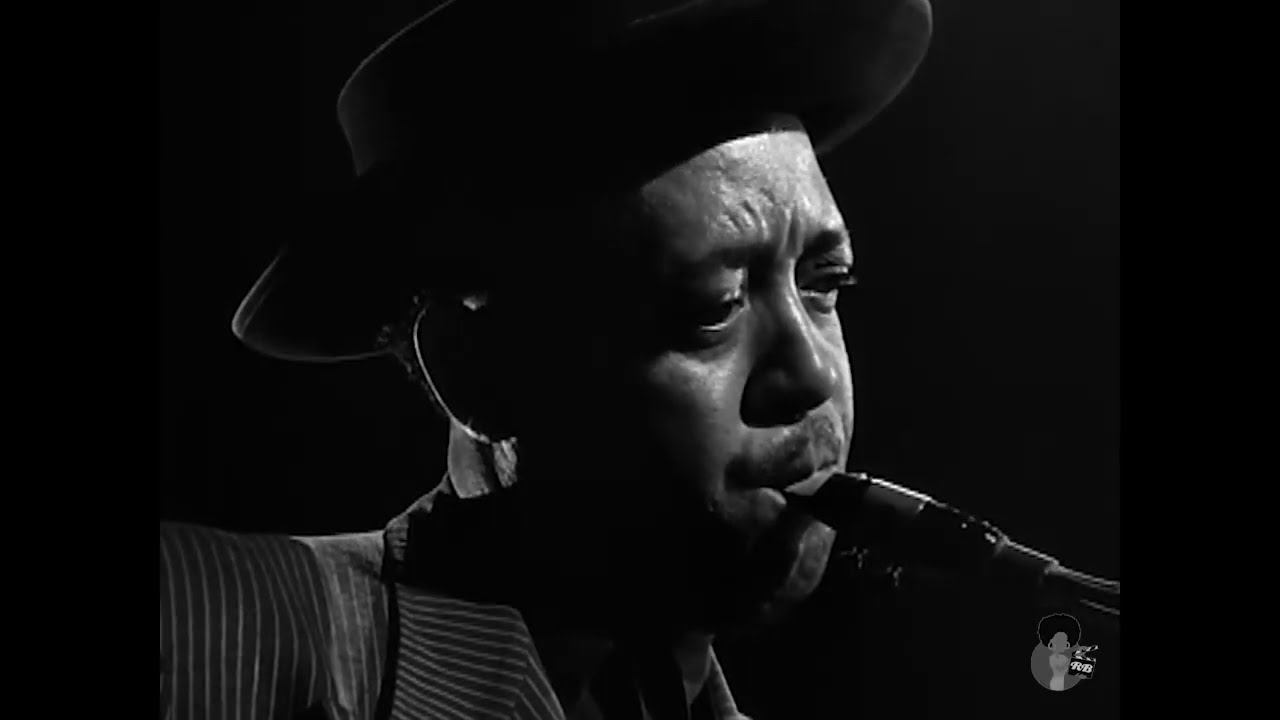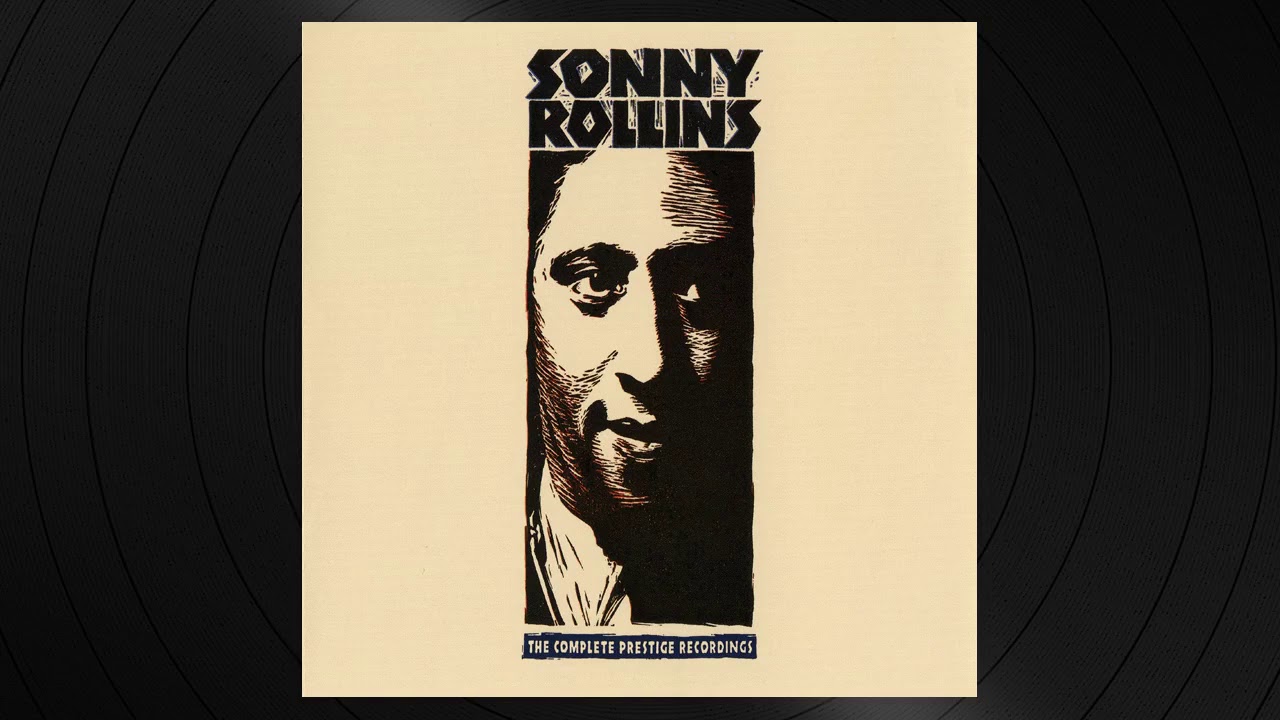The saxophonists who defined a genre
When you think of jazz, the smooth, soulful sound of the saxophone often comes to mind. This instrument has become almost synonymous with the genre, shaping its sound, inspiring improvisation, and pushing creative boundaries. But how did the saxophone evolve into such a central figure in jazz, and who are the legendary players that helped cement its legacy?
Let’ s take a journey through jazz history and explore the saxophonists who redefined what this instrument could achieve.
The arrival of the saxophone in jazz
The saxophone, invented by Belgian instrument maker Adolphe Sax in the 1840s, was originally designed for classical and military music. It wasn’t until the early 20th century, as jazz began to blossom in New Orleans, that the saxophone found its true calling. Its rich, versatile tone, wide range, and expressiveness made it ideal for the improvisational nature of jazz, a perfect match for the new music style that thrived on spontaneity and emotion.
By the 1920s, the saxophone had become a staple in jazz bands, often replacing instruments like the clarinet and cornet. With its ability to mimic the human voice; crying, laughing, and whispering the saxophone fit right into jazz’s emotional depth. Its sound could range from bright and brassy to soft and lyrical, giving players endless creative possibilities. The saxophone became central to jazz for its voice-like qualities and unmatched expressiveness.
The jazz giants
Throughout the history of jazz, several saxophonists stood out for their innovation, style, and influence. Here are some of the key players who shaped the sound of jazz and took the saxophone to new heights.
Charlie Parker (Bird)
Charlie Parker, affectionately known as “Bird,” is widely regarded as one of the greatest jazz musicians of all time. His lightning, fast improvisation, and intricate harmonic ideas revolutionized the saxophone’s role in jazz. As a pioneer of bebop in the 1940s, Parker pushed the boundaries of jazz with rapid, complex melodies and chord progressions, inspiring countless musicians.
- “Ko-Ko” (1945): A bebop classic that showcases Parker’s unmatched virtuosity.
- “Ornithology” (1946): One of the defining pieces of bebop, full of quick runs and inventive phrasing.
- “Parker’s Mood” (1948): A blues piece that highlights Parker’s ability to convey deep emotion.
John Coltrane
John Coltrane elevated the saxophone to spiritual and emotional heights, transforming the instrument into a medium for personal and cosmic exploration. Known for his innovations in modal jazz, his solos and compositions explored complex harmonic structures and deep emotional intensity. His landmark album “A Love Supreme” (1965) is considered one of the most important recordings in jazz, blending technical brilliance with spiritual depth.
- “Giant Steps” (1960): A tour de force of harmonic complexity, challenging saxophonists even today.
- “My Favorite Things” (1961):Â Coltrane’s innovative take on a popular song, bringing the soprano sax into prominence.
- “A Love Supreme” (1965): A spiritual masterpiece, showcasing Coltrane’s transcendent approach to jazz.
Lester Young (Prez)
Born: August 27, 1909 – Died: March 15, 1959
Lester Young, known as “Prez,” was a key figure in the development of the tenor saxophone’s voice in jazz. Unlike the more aggressive sound of his contemporaries, Young favored a relaxed, smooth tone, which helped shape the sound of swing in the 1930s and 1940s. His lyrical phrasing and cool, understated style laid the groundwork for the cool jazz movement.
- “Lester Leaps In” (1939): A classic swing tune that showcases Young’s smooth, fluid style.
- “I Cover the Waterfront” (1946): An intimate ballad where Young’s lyrical approach shines.
- “Oh, Lady Be Good!” (1936): A great example of his work with the Count Basie Orchestra.
Stan Getz
Stan Getz, often referred to as “The Sound” for his velvety tone, is best known for bringing bossa nova to international fame through his collaborations with Brazilian artists like João Gilberto and Antonio Carlos Jobim. Getz’s ability to blend the cool jazz sound with the rhythmic sensuality of samba introduced millions of listeners to the bossa nova craze of the 1960s.
- “The Girl from Ipanema” (1964): A defining moment for bossa nova and jazz, with Getz’s smooth tenor leading the way.
- “Desafinado” (1962): Another classic bossa nova track, showing Getz’s deep connection with Brazilian music.
- “Corcovado (Quiet Nights of Quiet Stars)” (1963): A perfect example of Getz’s lyrical, soothing sound.
Sonny Rollins
Still active and a living legend, Sonny Rollins is known for his powerful, inventive solos and his mastery of the tenor saxophone. His iconic 1956 album “Saxophone Colossus” cemented his place in jazz history, featuring memorable tunes like “St. Thomas.” Rollins’ ability to explore different genres, from hard bop to calypso and beyond, has kept him at the forefront of jazz for over seven decades.
- “St. Thomas” (1956): A calypso inspired tune that has become a jazz standard.
- “Oleo” (1954): A bebop staple that showcases Rollins’ quick wit and rhythmic drive.
- “Tenor Madness” (1956): A legendary tenor sax battle between Rollins and Coltrane.
Today, the saxophone remains as vital to jazz as ever. Modern players like Kamasi Washington and Joshua Redman continue to explore the boundaries of jazz, introducing new audiences to the rich, complex soundscapes that saxophonists have been creating for over a century.
Explore more content!
- Top 5 gadgets for Sax Players
- Electronic VS Classic Saxophone
- Top 5 Easy Alto Saxophone Songs for Beginners!
- Electronic Saxophones, the ultimate guide!
- Top 5 Youtube channels for Saxophonists!
- How to play the saxophone without disturbing your neighbors?
- Travel Instruments, every musician must know
Happy reading!
Odisei Music Team


![My Favorite Things - John Coltrane [FULL VERSION] HQ](https://odiseimusic.com/wp-content/cache/flying-press/03709635a30008b088d21c5f642966be.jpg)

